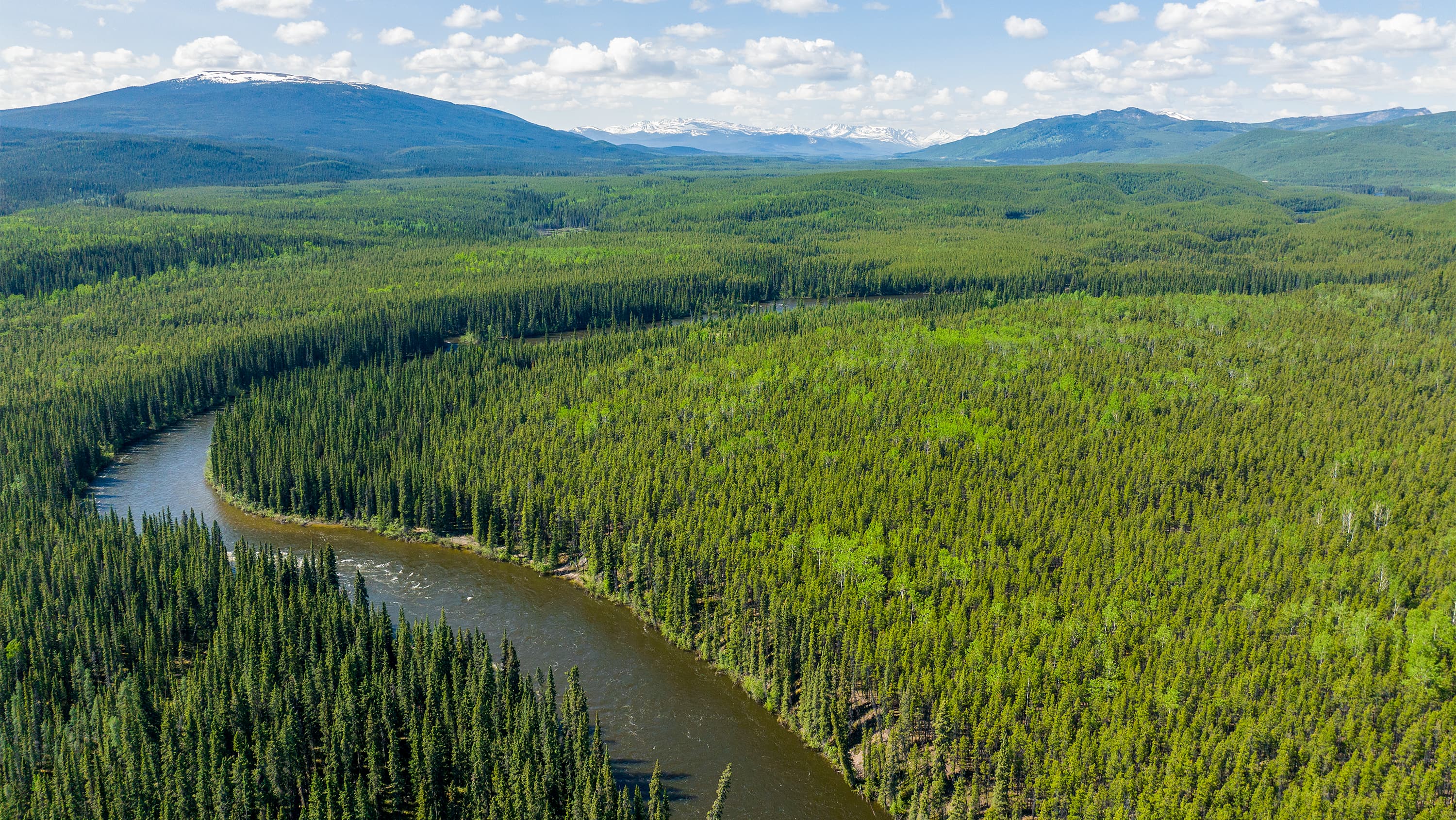Ever wonder how many trees stand tall in North America’s vast boreal forest? A new University of Alberta study has the answer, and it could benefit climate mitigation.
The tally came to 277 billion trees, including 30 billion in Alberta.
Estimated using a sophisticated machine learning algorithm, the numbers are 31 per cent higher than a count made through an earlier attempt in a major 2015 global study.
“Our research provides by far the most accurate and credible answer to the question of how many trees are in our boreal forests,” says study lead Fangliang He, a forest ecologist and Canada Research Chair in Biodiversity and Landscape Modelling in the Faculty of Agricultural, Life & Environmental Sciences.
The work fills a crucial knowledge gap that “reduces the uncertainty in estimating and managing tree density to promote forest productivity that enhances forest carbon sink potential,” he adds.
“Knowing that there are 31 per cent more trees than previously estimated suggests our boreal forests have greater capacity to mitigate climate change.”
The U of A researchers improved on the results of the 2015 work by compiling a record number of 4,367 tree plots across Canada and Alaska, compared with 346 plots used in the earlier study.
“This provides a large set of data with extensive geographic coverage in North America,” He says.
To measure trees 10 centimetres or larger in diameter (the same as in 2015), He and his team used an AI algorithm to develop competition-based models that included height — an important indicator of tree competition — as a major predictor of density.
“These innovative models represent a major advance in improving the accuracy of estimating tree count.”
Curious about how the North American boreal forest could fare under the ongoing assault of global warming, the researchers also projected tree density maps using various climate change scenarios.
They found that under increasingly warmer climates, tree density in the boreal forest would rise overall by at least 11 per cent by the year 2050.
“This result suggests that boreal forests might be more resilient to climate change than we thought,” He notes.
The study highlights the need for advanced and accurate data and models that can help with planning and policy development to support the boreal forest as it adapts and responds to climate change, he adds.
Though efforts to cope with the impact of climate change, such as the Government of Canada’s commitment to planting two billion trees by 2030, are “laudable,” they still fall short of what’s needed, He suggests.
“That number only accounts for 0.83 per cent of our estimated total number of 240 billion boreal trees in Canada, speaking to the mitigation challenge through tree-planting,” he notes.
“Protection of natural forests is the best nature-based solution.”
Co-authors on the study include former U of A PhD students Kun Xu, Jingye Li and Jian Zhang, and postdoctoral research fellow Dingliang Xing.
The study, done in collaboration with Hubei Normal University and East China Normal University, was funded by the Alberta Land Institute and a Natural Sciences and Engineering Research Council of Canada Alliance grant. Xu’s work on the research was supported through the China Scholarship Council.

